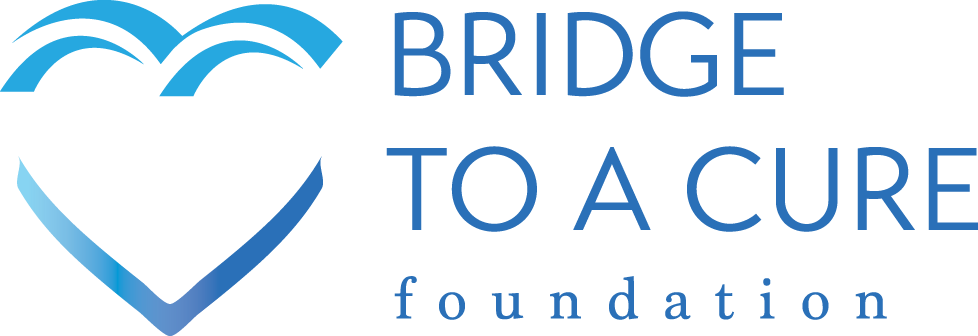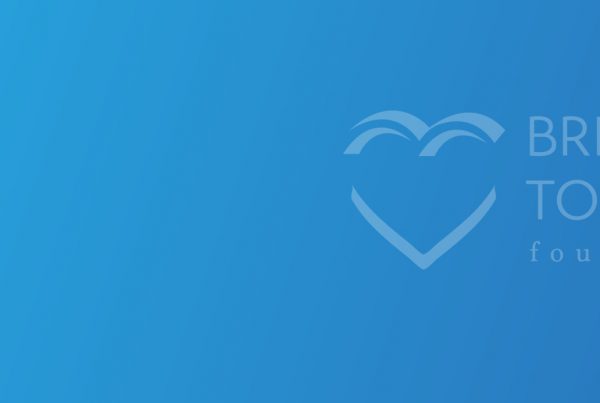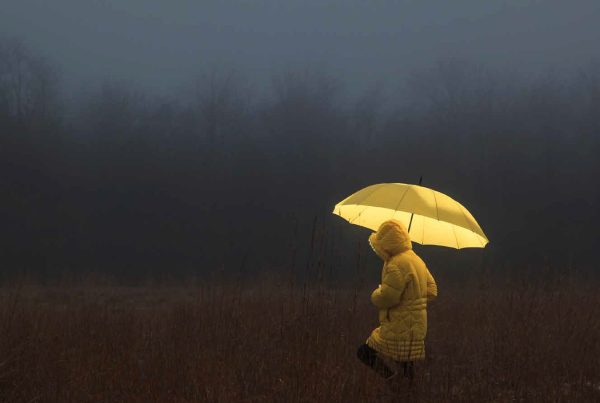These two nonprofits exemplify the cooperative framework we need to accelerate research and find cures
There are over 100 organizations in the US defined as “childhood cancer interest groups.” From small family foundations started in memory of a child to big national organizations like the American Cancer Society, they are all working on different aspects of one problem: too many kids still suffer and die from cancer.
Their goals include supporting families, advocating for children with cancer, building awareness, and finding cures for childhood cancers, according to the Pediatric Oncology Group, which compiles the list.
The list is not all-inclusive; the actual number of nonprofits devoted to childhood cancer is almost certainly larger. Yet despite all these efforts, cancer remains the leading cause of death from disease for children in the U.S. and worldwide.
The “success story” that 80 percent of child cancer patients survive five years is commonly reported. Yet an estimated 1,800 children die in the US each year from cancer, and thousands more endure painful and debilitating treatments as their families watch helplessly. Further, the vast majority of those that do survive beyond those five years face lifelong physical and psychological impacts from cancer and the toxic treatments they received to beat it.
In our November blog, “Is Your Donation Doing the Most Possible Good?,” we identified five factors that the most effective nonprofits share. These groups:
- Identify the problem in a fact-based, clearly articulated, and compelling way.
- Set an audacious and clearly stated goal that is inspirational and measurable.
- Set a deadline to achieve the goal and milestones along the way.
- Rely on sound strategy, including mapping out processes systematically and holistically; identifying key players, issues and opportunities; and allocating resources and talent required to deliver the goal.
- Collaborate with other groups, creating a shared vision to solve problems and utilize resources most efficiently.
At Bridge To A Cure Foundation, we are working to build cooperative relationships with organizations aligned with our mission.
Here are two outstanding childhood cancer initiatives that are worthy of support:
Children’s Brain Tumor Network (CBTN)
CBTN drives innovative discoveries, pioneers new treatments and accelerates open science to improve the health of every child and young adult diagnosed with a brain tumor. They provide their database to any researcher or scientist who needs it. This open approach to data is closely aligned with our goals to ensure stakeholders in the fight against childhood cancer collaborate to accelerate cures.
For example, CBTN is now working on 170 research projects involving 3,500 study participants and more than 20 leading childhood brain tumor research and treatment centers across the United States, Europe, Asia, and Australia. Member institutions contribute disease and scientific expertise; develop precision-based clinical trials; enroll research subjects; and collect biospecimens, clinical data, and other information needed for research. All these provide researchers with a comprehensive view of childhood brain tumor biology to aid the discovery of more effective therapies.
Brain and central nervous system tumors are the most common cause of death by disease in children from birth to 19 years old in the U.S. and across the globe, affecting 412,000 children and young adults each year. Yet as the CBTN points out, there has never been a drug developed to treat childhood brain tumors.
The CBTN is developing model for attacking brain tumors that can be applied to help all children facing cancer. Because there aren’t enough samples or information at any one hospital for researchers to make meaningful impact on their own, the group pulls together this data globally. CBTN projects explore the genetic underpinnings of distinct tumors in infants, children, adolescents, and young adults. Any researcher can apply to access data or submit specimens.
Consistent with Bridge To A Cure’s mission, the organization is working to make sure data gets into the hands of people who can make discoveries. We are proud to support their work.
Pediatric Cancer Data Commons (PCDC)
PCDC brings together clinical, genomic, and imaging data from institutions around the world to transform pediatric cancer research and outcomes. They do the critical work of developing the lexicon required to build an effective database to fight childhood cancer.
Based at the University of Chicago, the PCDC works with international leaders in pediatric cancers and the National Cancer Institute to harmonize existing clinical research data and standardize data collection.
By streamlining the process of bringing data together, the PCDC is aligned with our mission to tear down long-standing barriers that have held back progress in research. Through its PCDC Consortium, it is developing a common core data dictionary and governance for seven pediatric cancers: neuroblastoma, soft tissue sarcoma, acute myeloid leukemia, acute lymphoblastic leukemia, germ cell tumors, bone tumors, and Hodgkin lymphoma.
Collaboration Around Aligned Goals
Both groups also include key players in the National Cancer Institute’s Childhood Cancer Data Initiative (CCDI). For instance, Samuel L. Volchenboum, MD, PhD, MS, head of the Volchenboum Lab at the University of Chicago that hosts the PCDC, serves as a member of the CCDI. Adam Resnick, PhD, the Director of Data Driven Discovery in Biomedicine at Children’s Hospital of Philadelphia, is working with both the Children’s Brain Tumor Network and CCDI.
These are some of the key players working in alignment with Bridge To A Cure’s approach to increase collaboration, funding and protocols toward finding cures for cancer in children.
We are working to expand alliances, like the one we’ve developed with the Pediatric Cancer Data Commons, and we are in talks with Children’s Brain Tumor Network to look at how we can collaborate. Both of these nonprofits are leaders in developing a robust national database and bio-specimen bank that supports research and breakthroughs for childhood cancer in a comprehensive, systemic way.






